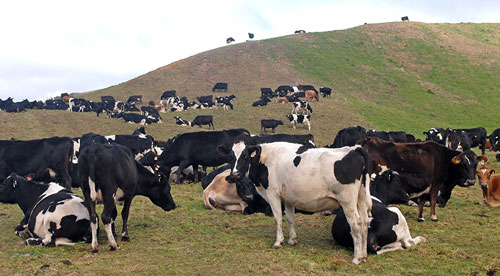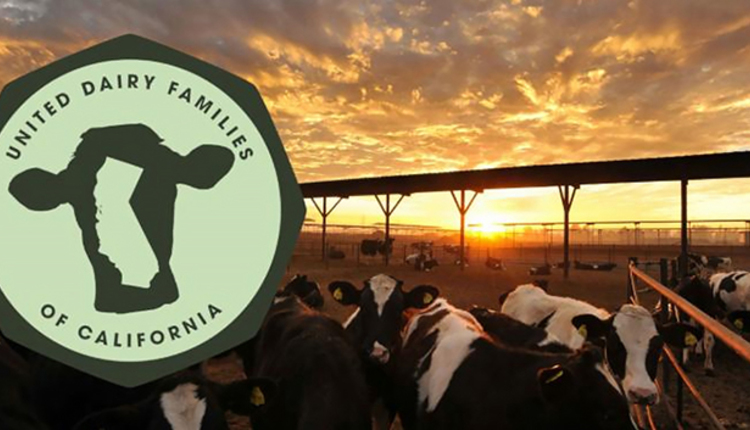
High milk prices in late 2013 and early 2014 fueled a boom in cow numbers and production in New Zealand that now has Kiwi dairy owners pushed to the edge of a financial cliff in 2015. Falling currency values are helping nudge them over.
As the world's biggest dairy products exporter, New Zealand is the canary in the coalmine for changes in global dairy conditions. It benefits early when demand rises, but suffers early when demand drops.
As 2014 draws to a close, global supplies continue to grow and demand continues to shrink. The result is a glut of milk that has begun drowning Kiwi producers. The problem is going to get worse, in the form of 2015 farm milk prices that will be downright ugly.
Drought and low production leading up to the 2013-14 season resulted in a record-high producer payout from New Zealand export giant Fonterra of $8.40 NZD (New Zealand dollars) per kilo of solids. But on December 10 Fonterra announced the 2014-15 payout will be just $4.70 – which is below the cost of production for many dairies.
A similar supply-demand price situation is underway in Europe. U.S. milk prices have been the last to fall and producers are already bracing for sub-$16 Class III prices as early as January. But profitability is expected to continue due to low feed costs.
Making things worse for New Zealand producers is the rapidly declining value of their currency, which since July 13 has lost roughly 15 percent against the U.S. dollar.
Local reports say New Zealand milk production has begun to fall as producers opt to cull cows and trim losses, so the downturn could be relatively brief if European and U.S. producers follow suit.








